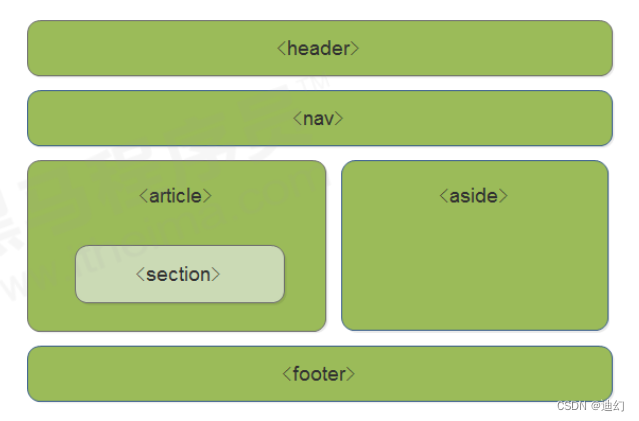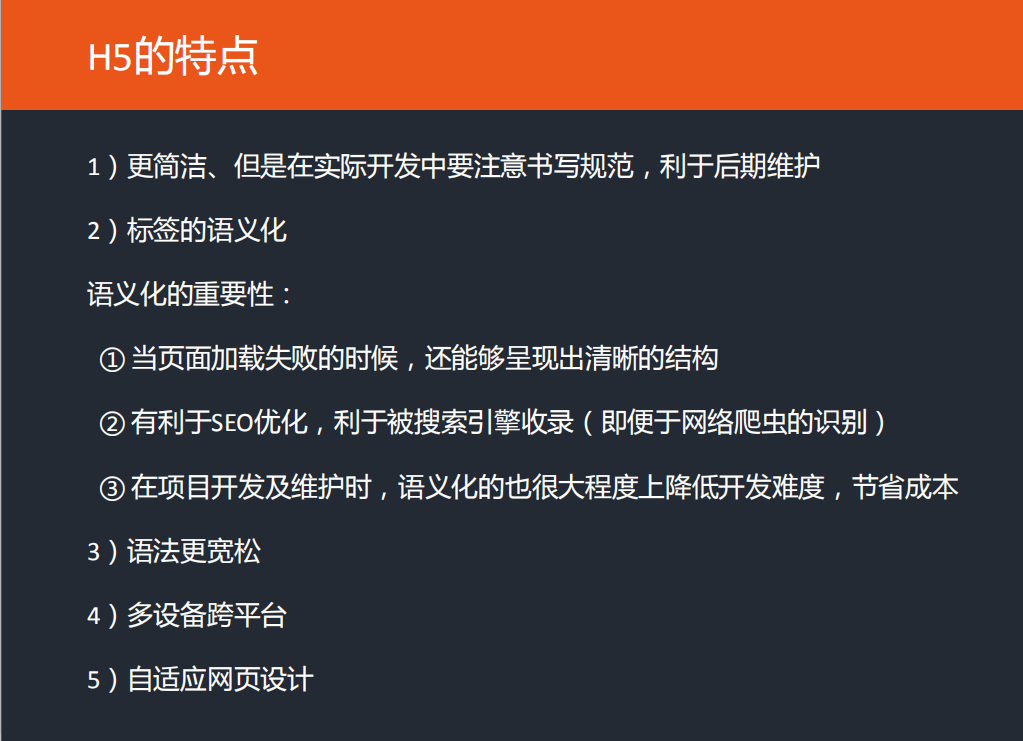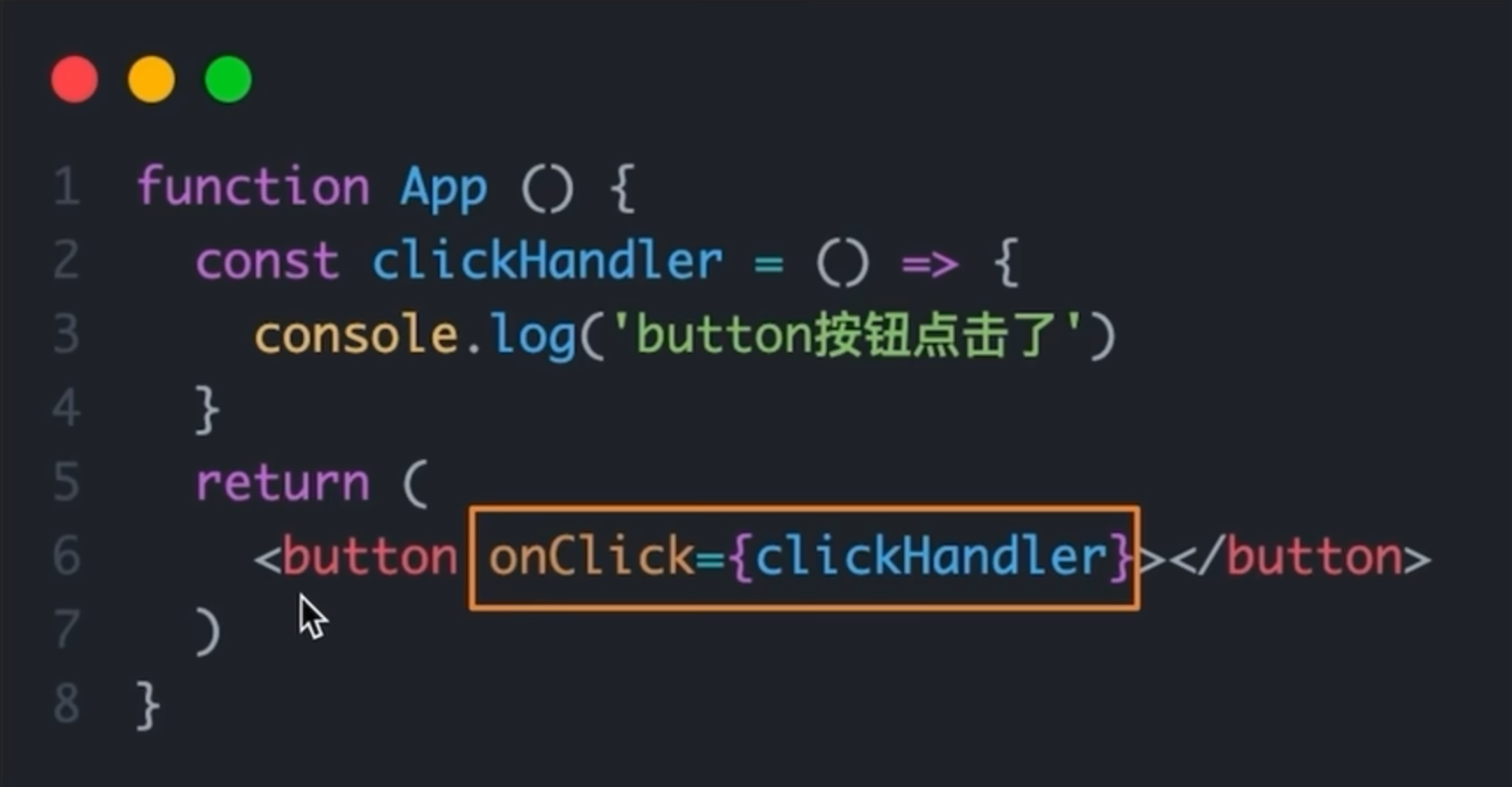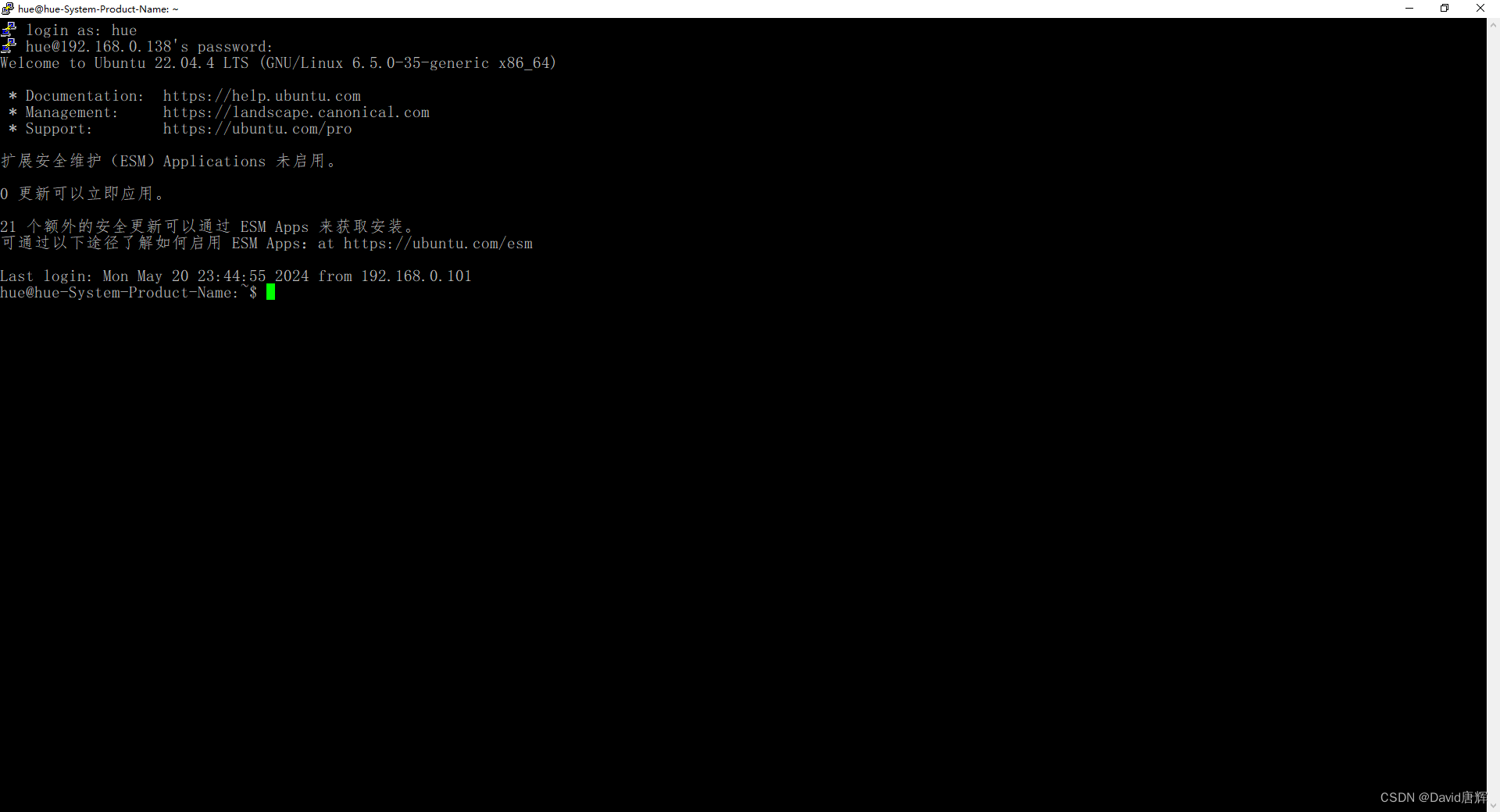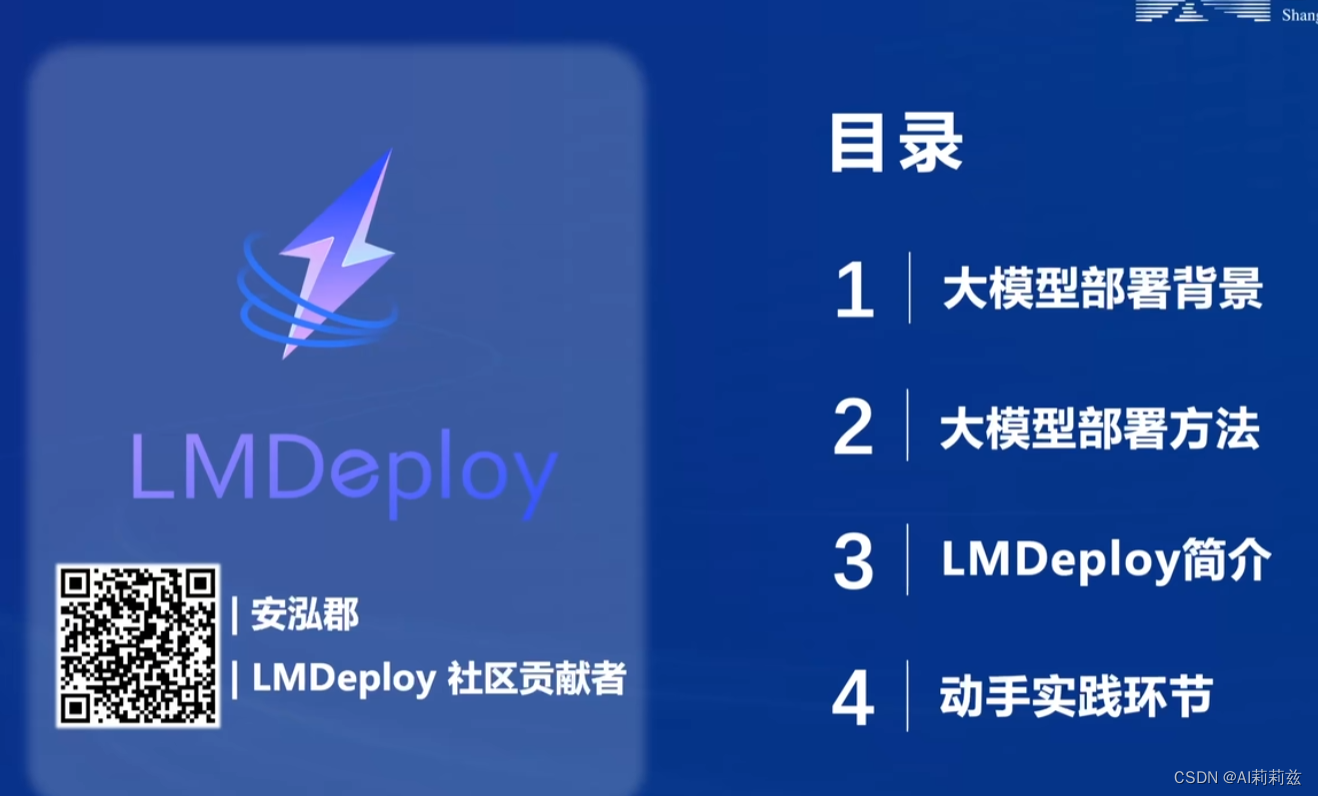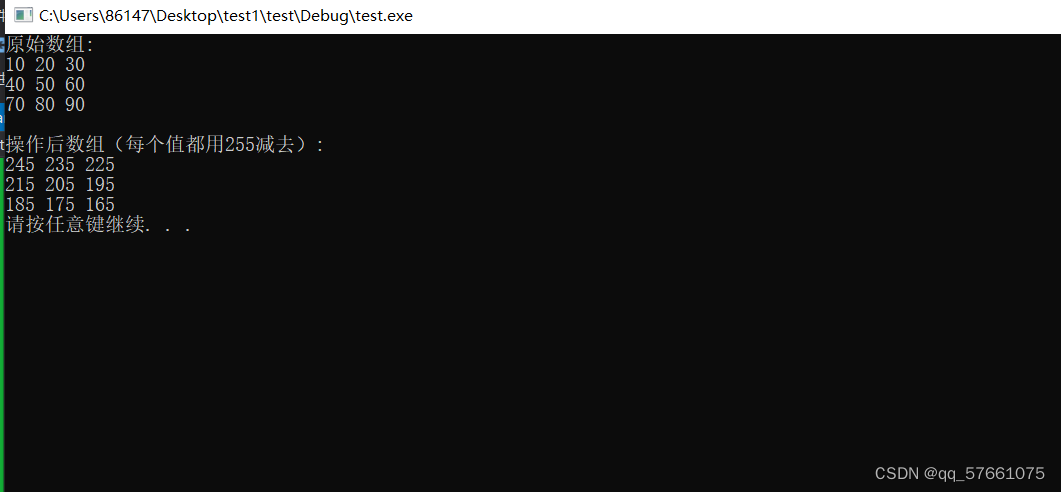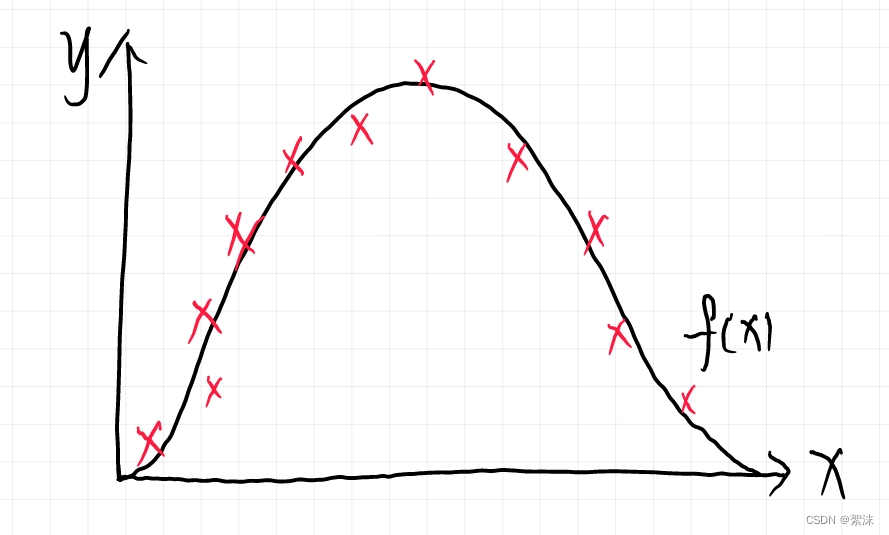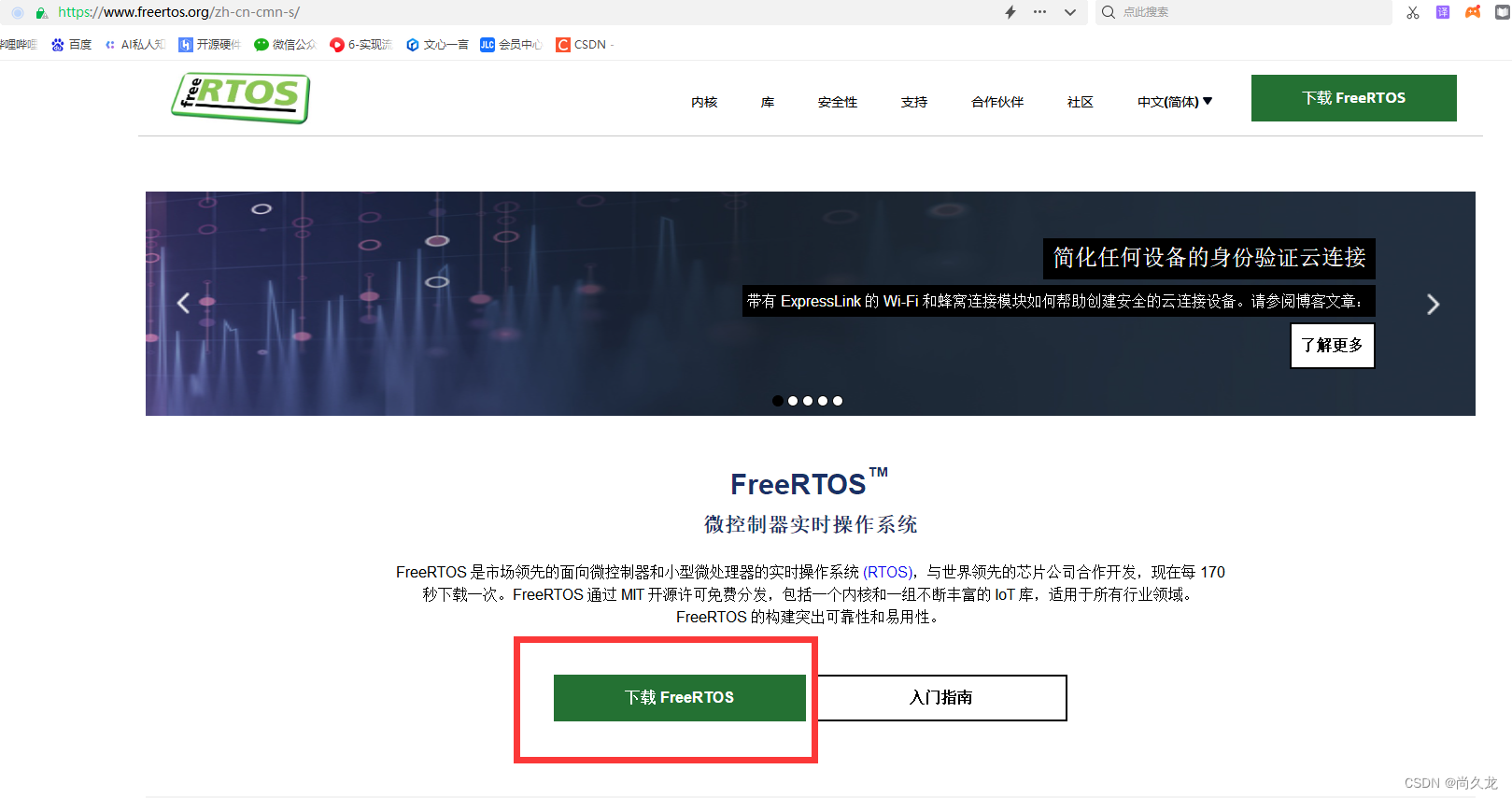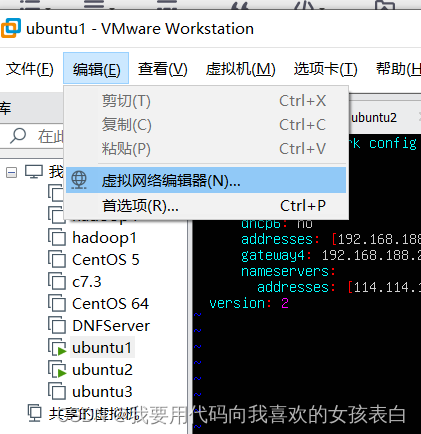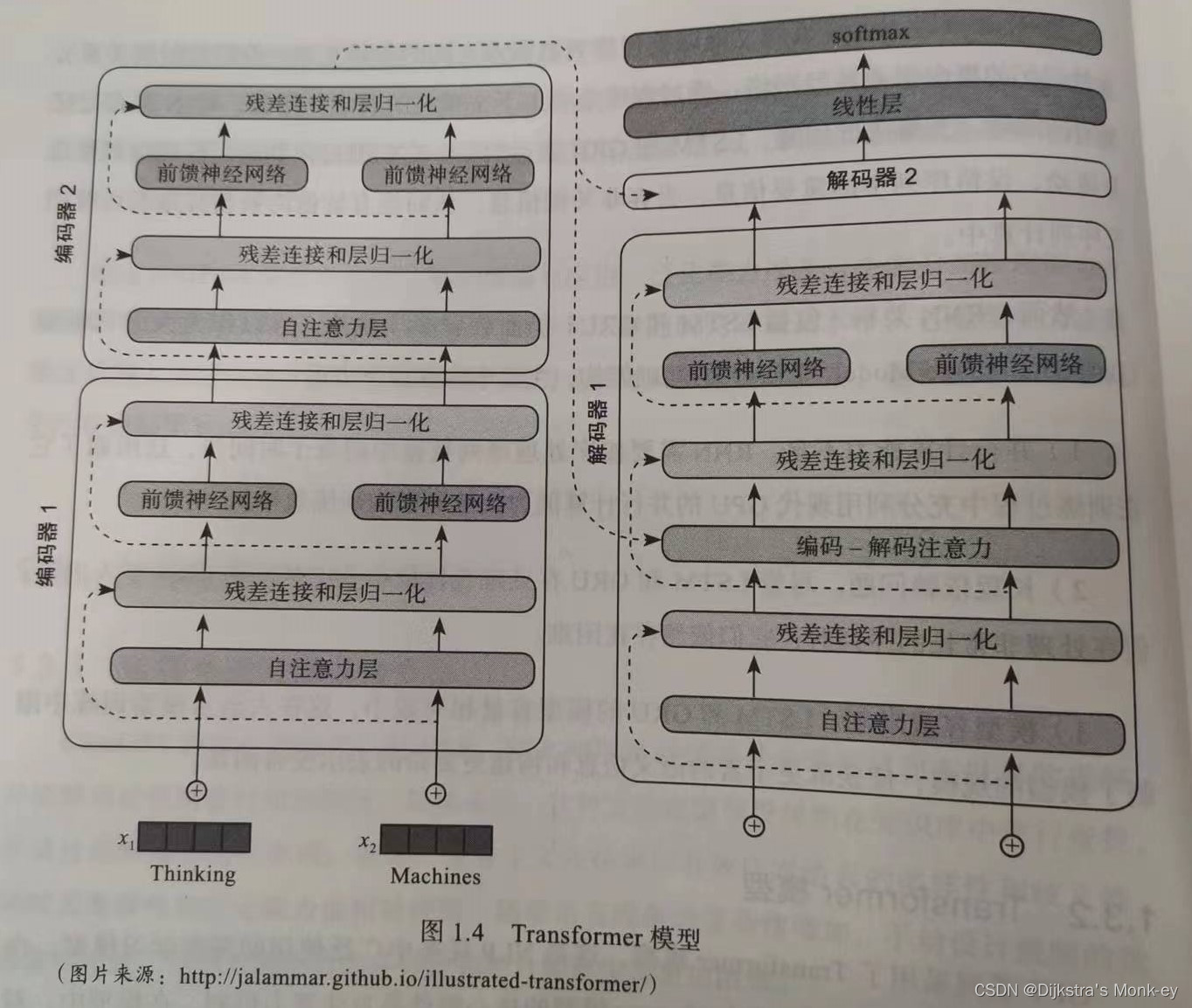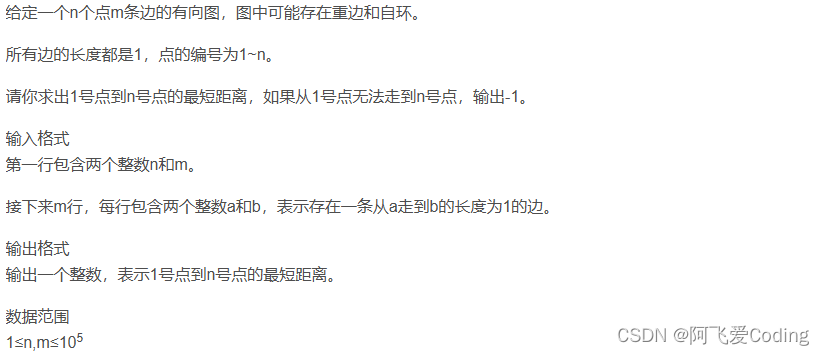CSS3 和 HTML5 引入了大量新特性,为前端开发提供了更多功能和更好的语义化支持。这本教程将详细介绍 CSS3 新语法和技巧,以及 HTML5 新的语义化标签元素,如 <header>、<footer>、<section>、<article>、<nav> 等。希望通过本教程,读者能够掌握这些新特性的使用方法,提高前端开发水平。
一、HTML5 语义化标签
HTML5 引入了许多新的语义化标签,这些标签使 HTML 代码更加清晰和结构化,便于搜索引擎和开发人员理解。
1. <header>
<header> 标签用于定义文档或文档节的头部,通常包含标题、导航链接和其他头部内容。
示例代码:
<!DOCTYPE html>
<html lang="en">
<head>
<meta charset="UTF-8">
<meta name="viewport" content="width=device-width, initial-scale=1.0">
<title>Header Example</title>
<style>
header {
background-color: #f8f8f8;
padding: 20px;
text-align: center;
border-bottom: 1px solid #ccc;
}
header h1 {
margin: 0;
font-size: 2em;
}
header nav a {
margin: 0 10px;
text-decoration: none;
color: #333;
}
</style>
</head>
<body>
<!-- header 标签定义页面的头部 -->
<header>
<h1>My Website</h1>
<!-- nav 标签定义导航菜单 -->
<nav>
<a href="#home">Home</a>
<a href="#about">About</a>
<a href="#contact">Contact</a>
</nav>
</header>
</body>
</html>
2. <footer>
<footer> 标签用于定义文档或文档节的尾部,通常包含版权信息、作者信息和其他尾部内容。
示例代码:
<!DOCTYPE html>
<html lang="en">
<head>
<meta charset="UTF-8">
<meta name="viewport" content="width=device-width, initial-scale=1.0">
<title>Footer Example</title>
<style>
footer {
background-color: #f8f8f8;
padding: 20px;
text-align: center;
border-top: 1px solid #ccc;
position: fixed;
width: 100%;
bottom: 0;
}
footer p {
margin: 0;
font-size: 1em;
}
</style>
</head>
<body>
<footer>
<!-- footer 标签定义页面的尾部 -->
<p>© 2024 My Website. All rights reserved.</p>
</footer>
</body>
</html>
3. <section>
<section> 标签用于定义文档中的节(section),表示文档的某个区域或功能块。
示例代码:
<!DOCTYPE html>
<html lang="en">
<head>
<meta charset="UTF-8">
<meta name="viewport" content="width=device-width, initial-scale=1.0">
<title>Section Example</title>
<style>
section {
background-color: #f0f0f0;
padding: 20px;
margin: 10px 0;
border: 1px solid #ccc;
}
section h2 {
margin-top: 0;
}
</style>
</head>
<body>
<!-- section 标签定义文档的某个区域 -->
<section>
<h2>Introduction</h2>
<p>This is the introduction section.</p>
</section>
<section>
<h2>Main Content</h2>
<p>This is the main content section.</p>
</section>
</body>
</html>
4. <article>
<article> 标签用于定义独立的内容块,如博客文章、新闻报道等。
示例代码:
<!DOCTYPE html>
<html lang="en">
<head>
<meta charset="UTF-8">
<meta name="viewport" content="width=device-width, initial-scale=1.0">
<title>Article Example</title>
<style>
article {
background-color: #ffffff;
padding: 20px;
margin: 10px 0;
border: 1px solid #ccc;
}
article h2 {
margin-top: 0;
}
article p {
text-indent: 2em;
}
</style>
</head>
<body>
<!-- article 标签定义独立的内容块 -->
<article>
<h2>First Blog Post</h2>
<p>Published on: January 1, 2024</p>
<p>Lorem ipsum dolor sit amet, consectetur adipiscing elit. Integer nec odio. Praesent libero. Sed cursus ante dapibus diam.</p>
</article>
<article>
<h2>Second Blog Post</h2>
<p>Published on: February 1, 2024</p>
<p>Sed nisi. Nulla quis sem at nibh elementum imperdiet. Duis sagittis ipsum. Praesent mauris. Fusce nec tellus sed augue semper porta.</p>
</article>
</body>
</html>
5. <nav>
<nav> 标签用于定义导航链接的集合。
示例代码:
<!DOCTYPE html>
<html lang="en">
<head>
<meta charset="UTF-8">
<meta name="viewport" content="width=device-width, initial-scale=1.0">
<title>Nav Example</title>
<style>
nav {
background-color: #333;
color: white;
padding: 10px;
text-align: center;
}
nav a {
color: white;
margin: 0 10px;
text-decoration: none;
}
nav a:hover {
text-decoration: underline;
}
</style>
</head>
<body>
<!-- nav 标签定义导航菜单 -->
<nav>
<a href="#home">Home</a>
<a href="#services">Services</a>
<a href="#portfolio">Portfolio</a>
<a href="#contact">Contact</a>
</nav>
</body>
</html>

